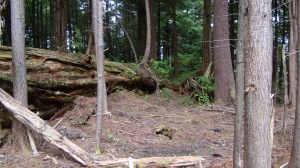What’s not to like about putting on a costume and knocking on strangers’ doors for free candy?
I grew up in a low-candy household, so when I was a kid, October 31st was my chance to stock up for the year. As fellow witches, ghosts and monsters dropped away one by one, I persevered alone carrying a heavy white pillowcase, trudging on until I achieved a self-imposed quota of sugary provisions. Months later, in the heat of an August day, lying on my bedroom floor desultorily reading an Archie comic, I would find a mass of dusty and melted candy forgotten underneath the bed.
The lessons learned?
Candy tastes really good. Scarcity makes things more appealing and desirable. Too much candy, after a while, doesn’t taste so good. A surfeit of that which is most desired siphons the magic away…Until months pass, autumn leaves turn, and the cycle continues anew.
I resolve to apply the following lessons learned from childhood to my teaching:
Don’t give out more than students want: “To teach well we need not say all we know, only what is useful for the pupil to hear”.
Make learning appealing and desirable (and fun).
Awaken others’ minds to the places where their knowledge is scarce (because that will make them want it even more).
In the end, the one who wants it most will trudge on after all others have had enough or given up.
and
There may be such a thing as too much Halloween candy, but there’s no such thing as too much knowledge.





